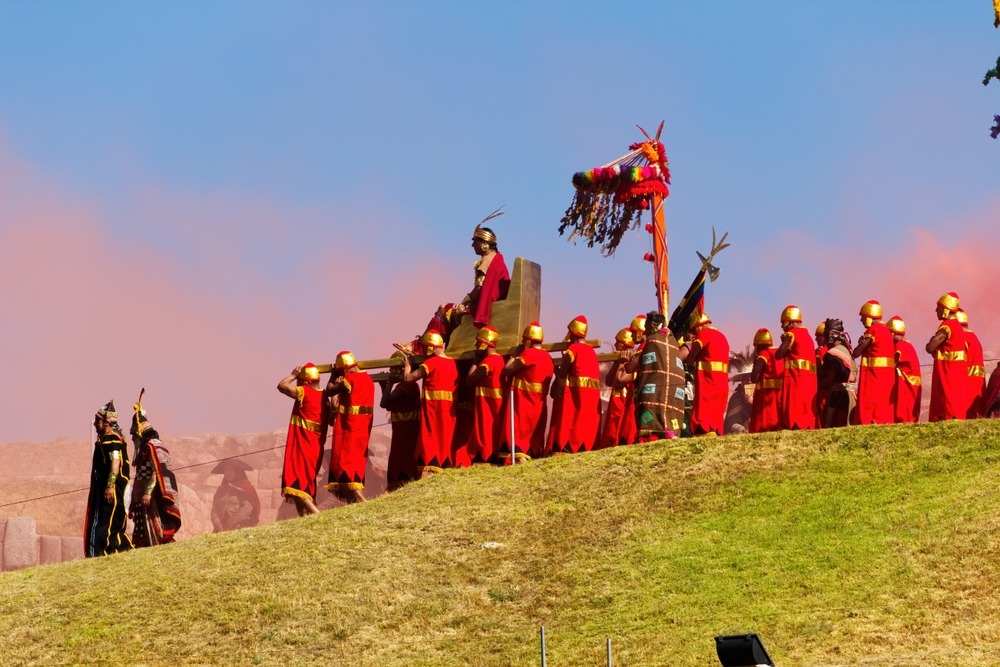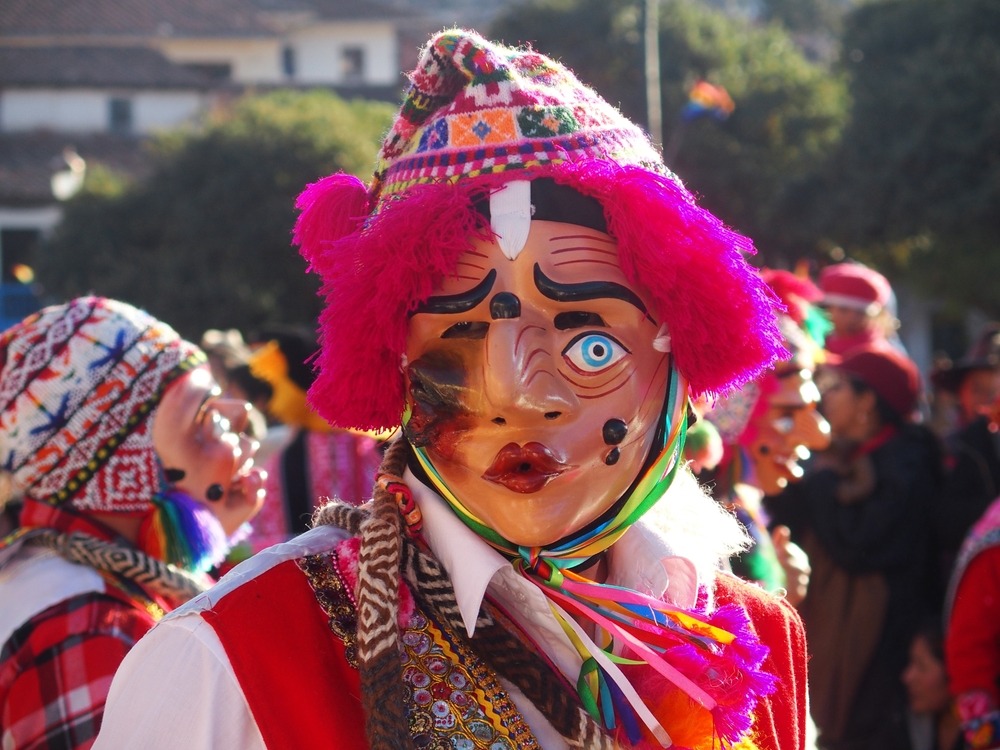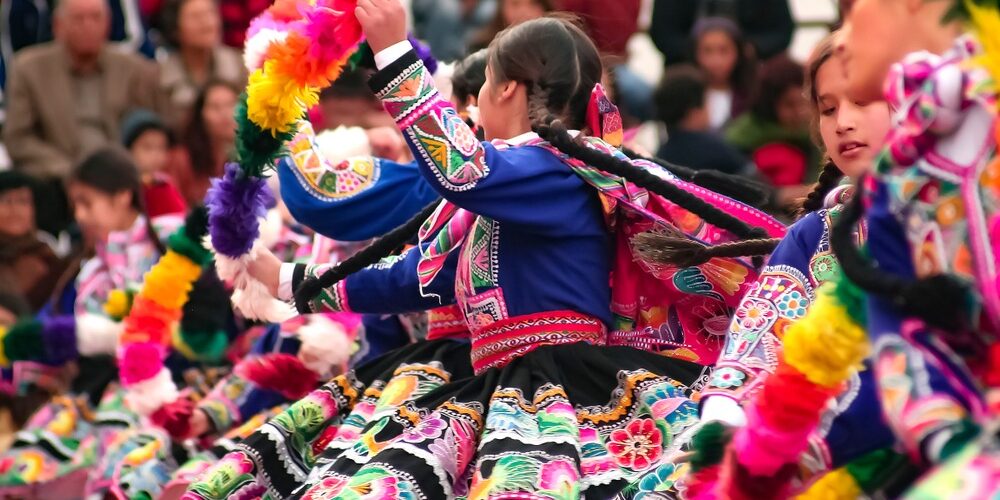The Splendor of Inti Raymi: Peru’s Celebration of the Sun God
Inti Raymi, the Festival of the Sun, is one of Peru‘s most significant cultural celebrations, paying homage to the ancient Incan sun god, Inti. Rooted in the traditions of the Inca Empire, this festival blends history, spirituality, and cultural pride into a vibrant and awe-inspiring event. Celebrated annually on June 24th, Inti Raymi marks the winter solstice in the Southern Hemisphere, a critical time in the agricultural calendar when the days begin to lengthen. Let’s delve into the customs, traditions, and methods of celebration that make Inti Raymi a spectacle of Peruvian heritage.
Historical Roots of Inti Raymi
Inti Raymi dates back to the height of the Inca Empire, over 500 years ago. The Incas, who regarded the sun as the most powerful deity, celebrated this festival to thank Inti for his life-giving warmth and to ensure a bountiful harvest. The festival also symbolized the renewal of the bond between the Inca people and their god. In its original form, Inti Raymi was a grand event lasting nine days, filled with rituals, sacrifices, music, and dance. It was also a political event, strengthening the unity of the empire under the divine rule of the Inca.
However, following the Spanish conquest in the 16th century, Inti Raymi was suppressed due to its association with pagan beliefs. The festival disappeared for centuries until its revival in 1944 as a reenactment of Inca traditions. Today, it stands as a proud testament to Peru’s rich cultural heritage.

Modern-Day Inti Raymi Celebrations
Inti Raymi is primarily celebrated in Cusco, the former capital of the Inca Empire. It draws thousands of locals and international tourists eager to witness the pageantry and experience the spiritual essence of this ancient festival. While the modern celebration is a reenactment rather than a direct continuation of the original ritual, it faithfully preserves the essence of Inca traditions.
Key Stages of the Festival
- The Opening Ceremony at Qorikancha
The festival begins at the Qorikancha, the Temple of the Sun in Cusco, which was the most sacred site in the Inca Empire. Actors representing the Inca emperor, his royal court, and high priests perform rituals to honor Inti. Dressed in elaborate costumes made of vibrant textiles and adorned with gold and silver, the performers recreate the grandeur of the Inca civilization. Offerings of chicha (a traditional corn beer) and coca leaves are made, symbolizing gratitude and reverence for the sun god. - The Procession to Sacsayhuamán
Following the ceremonies at Qorikancha, the festival procession moves through the streets of Cusco, stopping at key historical sites such as the Plaza de Armas. The participants, accompanied by traditional Andean music and dance, march towards the archaeological site of Sacsayhuamán, a sprawling fortress just outside the city. The journey itself is a vibrant spectacle, with participants donning traditional attire representing different regions of the Inca Empire. - The Grand Ritual at Sacsayhuamán
The highlight of Inti Raymi takes place at Sacsayhuamán. This open-air reenactment involves thousands of performers and is attended by tens of thousands of spectators. The Inca emperor (Sapa Inca) conducts the central ritual, symbolically communicating with Inti to secure his blessings. Traditional dances, music played on Andean instruments, and theatrical performances bring the rituals to life. In ancient times, this stage included sacrifices of llamas, but today, these elements are symbolized rather than enacted.
Traditional Attire and Symbolism
The costumes worn during Inti Raymi are meticulously crafted, reflecting the cultural significance of the Inca Empire. The Sapa Inca is dressed in regal attire, often featuring a golden headdress and a tunic woven with intricate patterns. The high priests wear elaborate ceremonial robes, and other participants don colorful garments, each representing their respective regions of the former empire. The vibrant colors and intricate designs symbolize agricultural abundance, natural elements, and cosmic harmony.

Cultural Traditions and Artistic Expressions
Music and dance are integral to Inti Raymi. Traditional Andean instruments, such as the pan flute (zampona) and drum (bombo), accompany the processions and ceremonies. Dances performed during the festival are deeply symbolic, reflecting themes of gratitude, fertility, and cosmic cycles. Each dance has a unique story, often tied to Inca mythology and agricultural practices.
The language of the festival is primarily Quechua, the language of the Inca Empire, further emphasizing the cultural authenticity of the event. Recitations of prayers and invocations in Quechua connect participants to their ancestral roots and spiritual heritage.
Spiritual Significance of Inti Raymi
Beyond its vibrant spectacle, Inti Raymi holds profound spiritual significance. The festival aligns with the winter solstice, a pivotal moment in Andean cosmology. It represents the rebirth of the sun and the renewal of life, reinforcing the interconnectedness of humanity, nature, and the cosmos. Participants and spectators alike experience a sense of spiritual unity and cultural pride, as the festival serves as a bridge between the past and the present.
Inti Raymi as a Cultural Tourism Highlight
Inti Raymi is not only a celebration of Peruvian heritage but also a major cultural tourism attraction. Cusco becomes a bustling hub of activity in the days leading up to the festival, with markets, exhibitions, and workshops showcasing traditional crafts, textiles, and cuisine. Visitors can immerse themselves in the vibrant atmosphere, gaining a deeper appreciation for Andean culture and history.
Preserving Inti Raymi for Future Generations
While Inti Raymi has evolved over time, efforts to preserve its authenticity and cultural significance remain paramount. Local communities, historians, and cultural organizations collaborate to ensure that the festival stays true to its roots while adapting to modern contexts. The festival stands as a powerful reminder of Peru’s rich heritage, inspiring both locals and visitors to cherish and celebrate the legacy of the Inca Empire.
In Summary
Inti Raymi is more than just a festival—it is a living testament to the resilience and vibrancy of Peru’s cultural identity. Through its dazzling ceremonies, traditional attire, and deep spiritual meaning, Inti Raymi offers a glimpse into the grandeur of the Inca civilization. Whether experienced as a local or a traveler, witnessing Inti Raymi is an unforgettable journey into the heart of Andean culture and history.


































